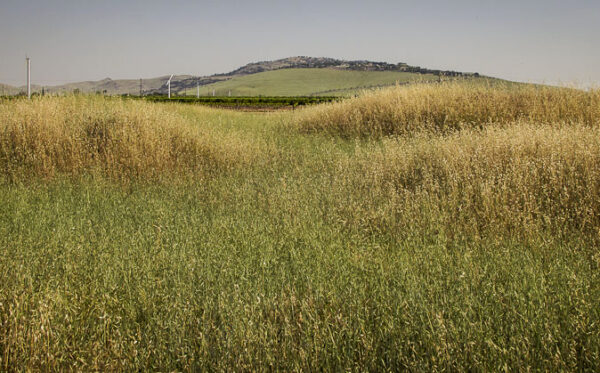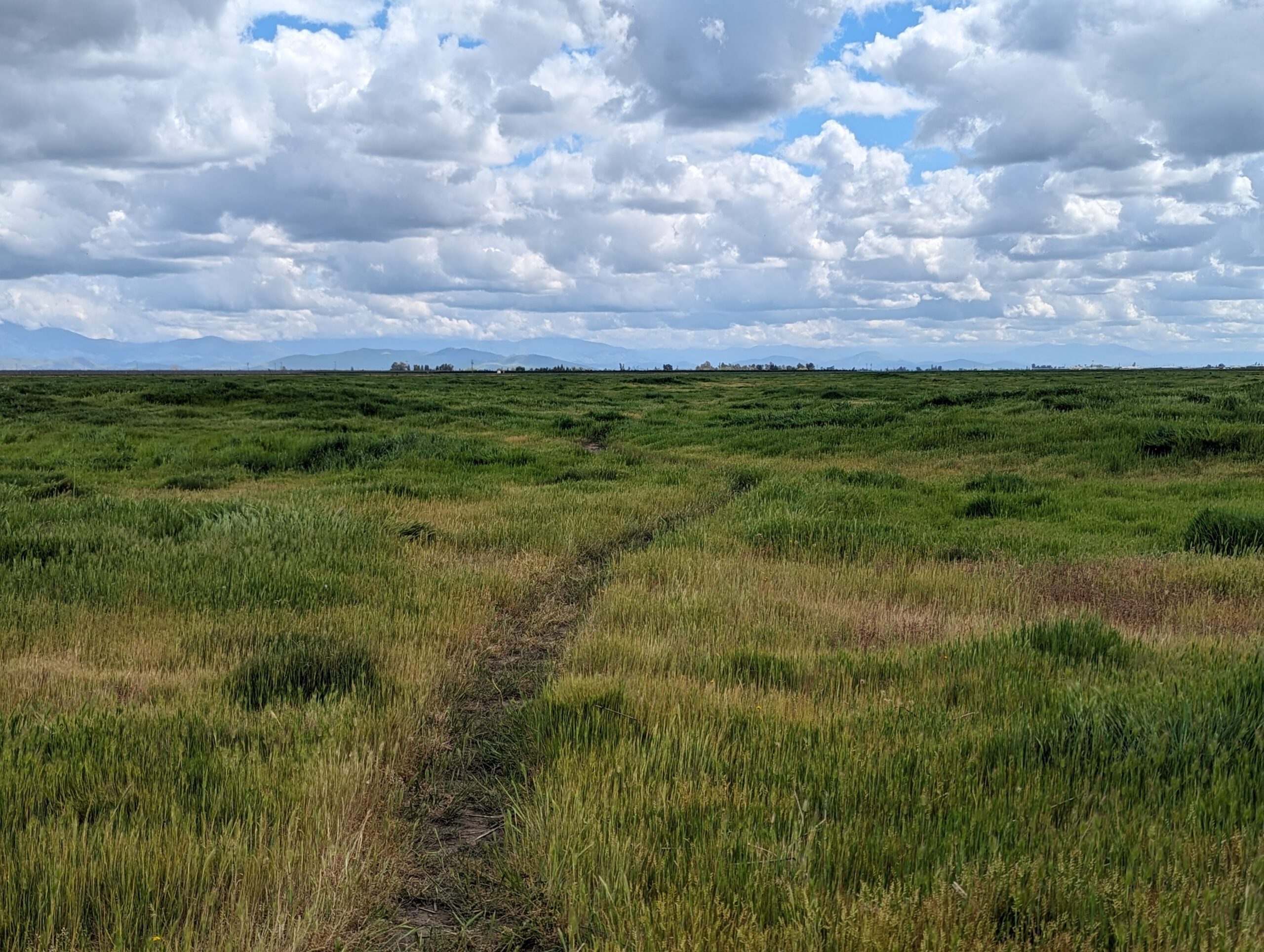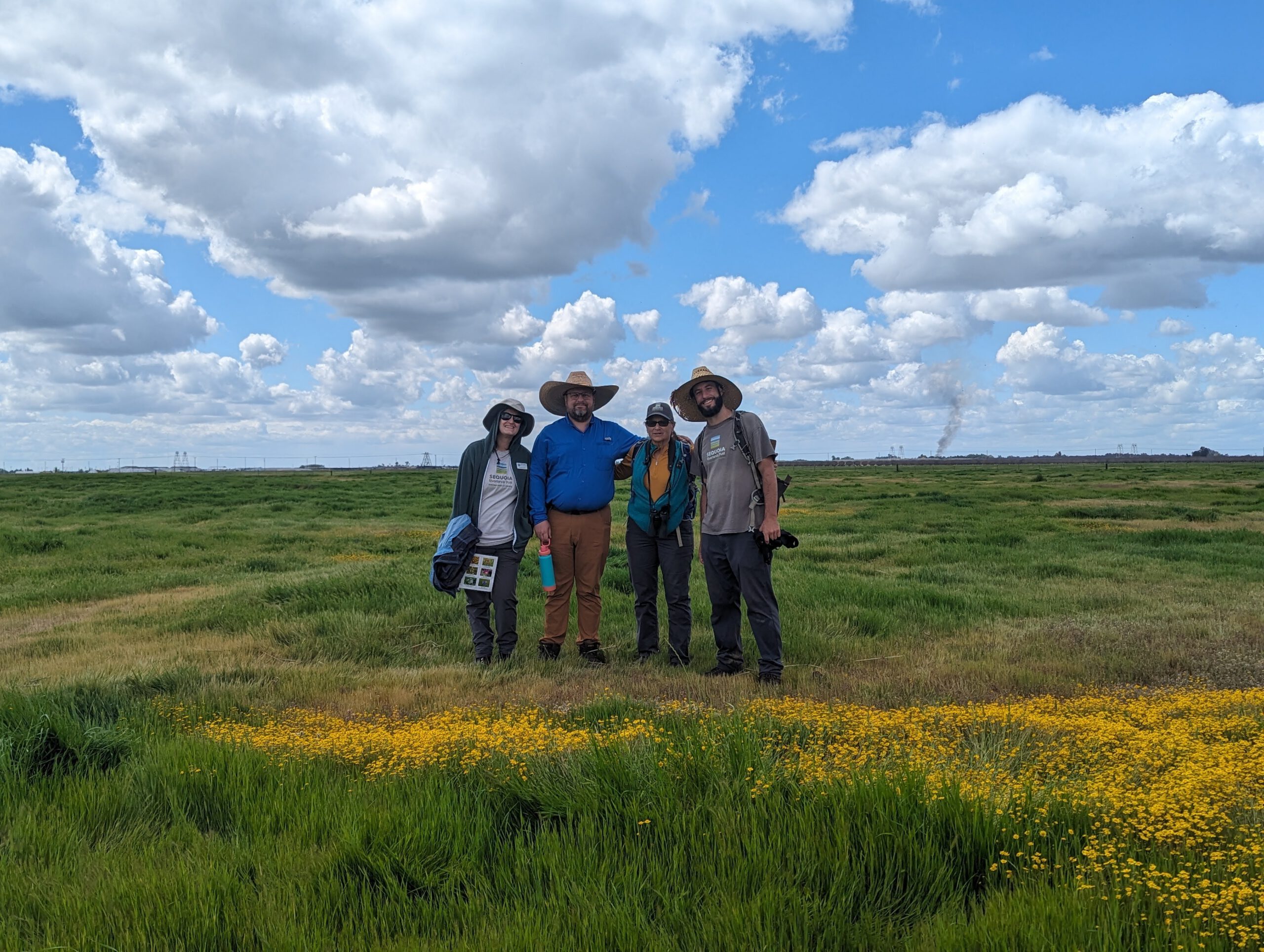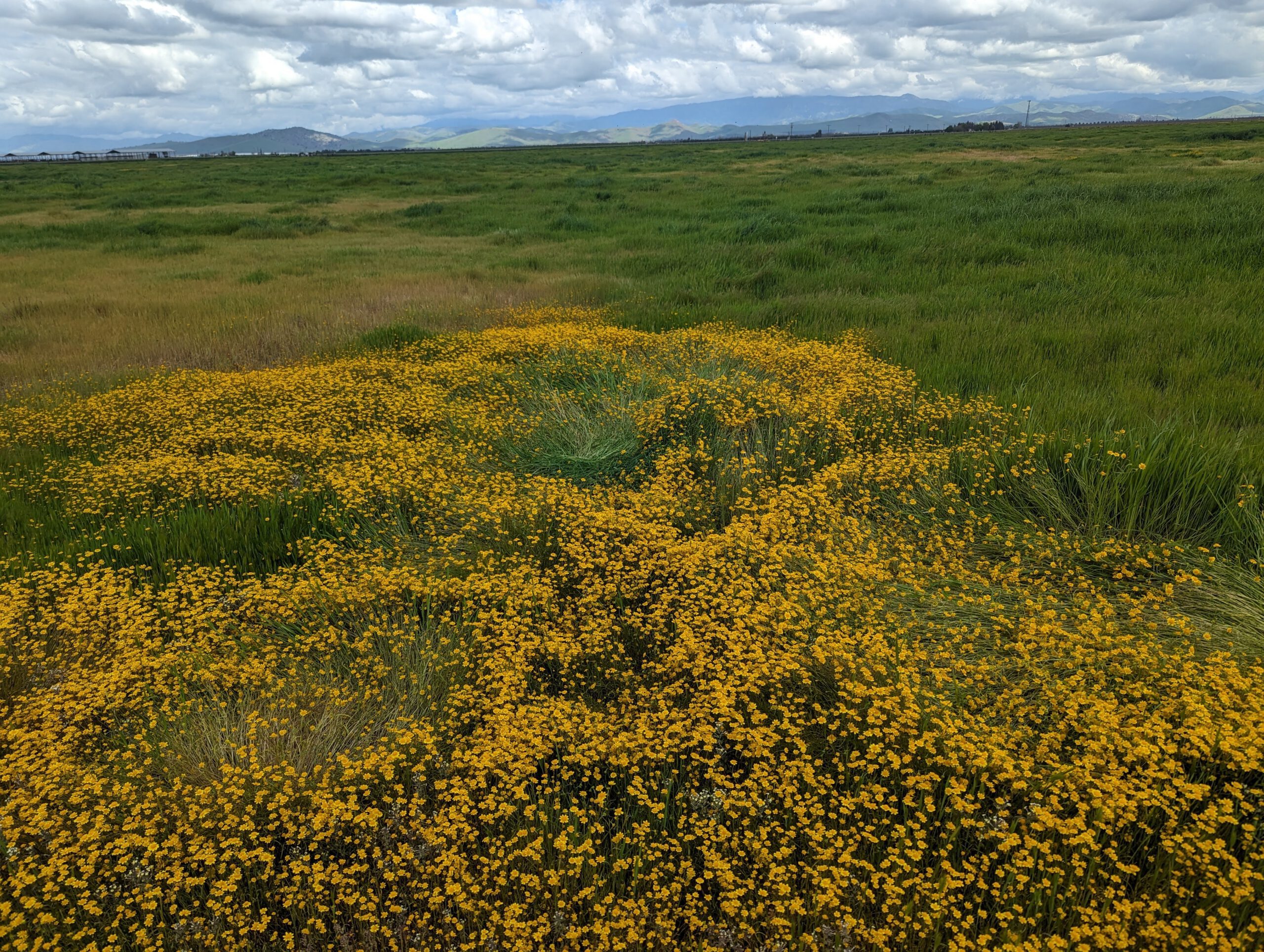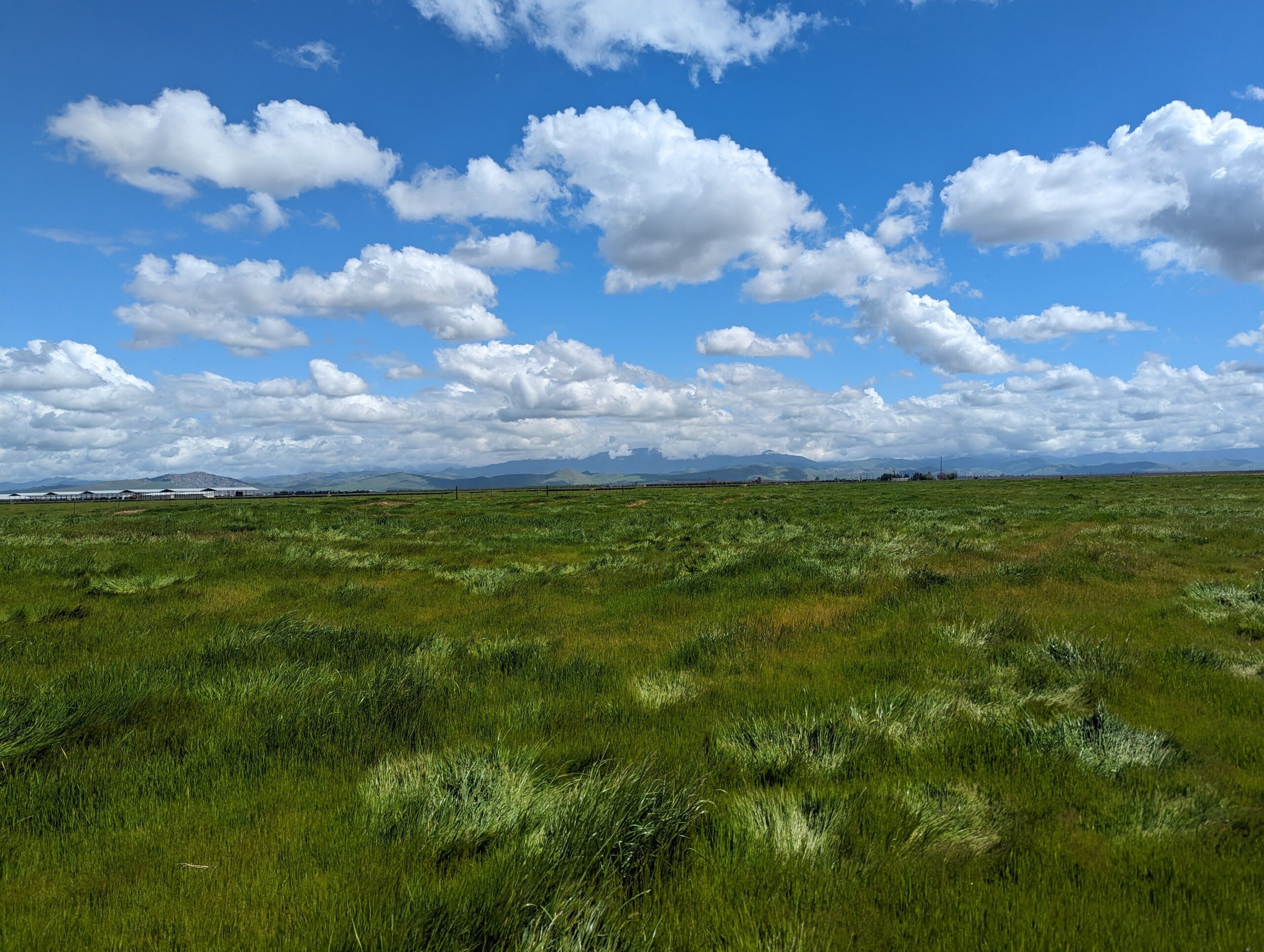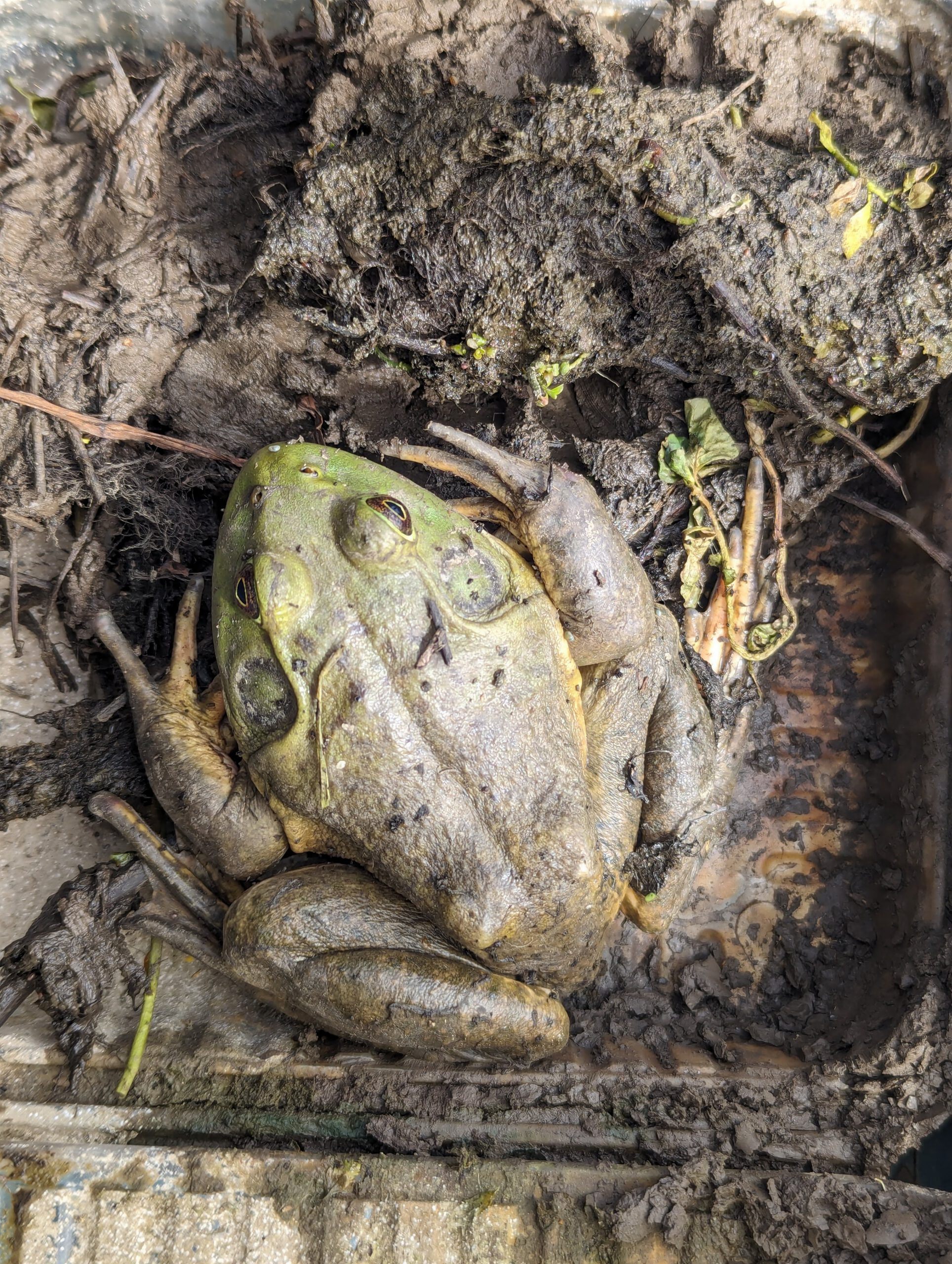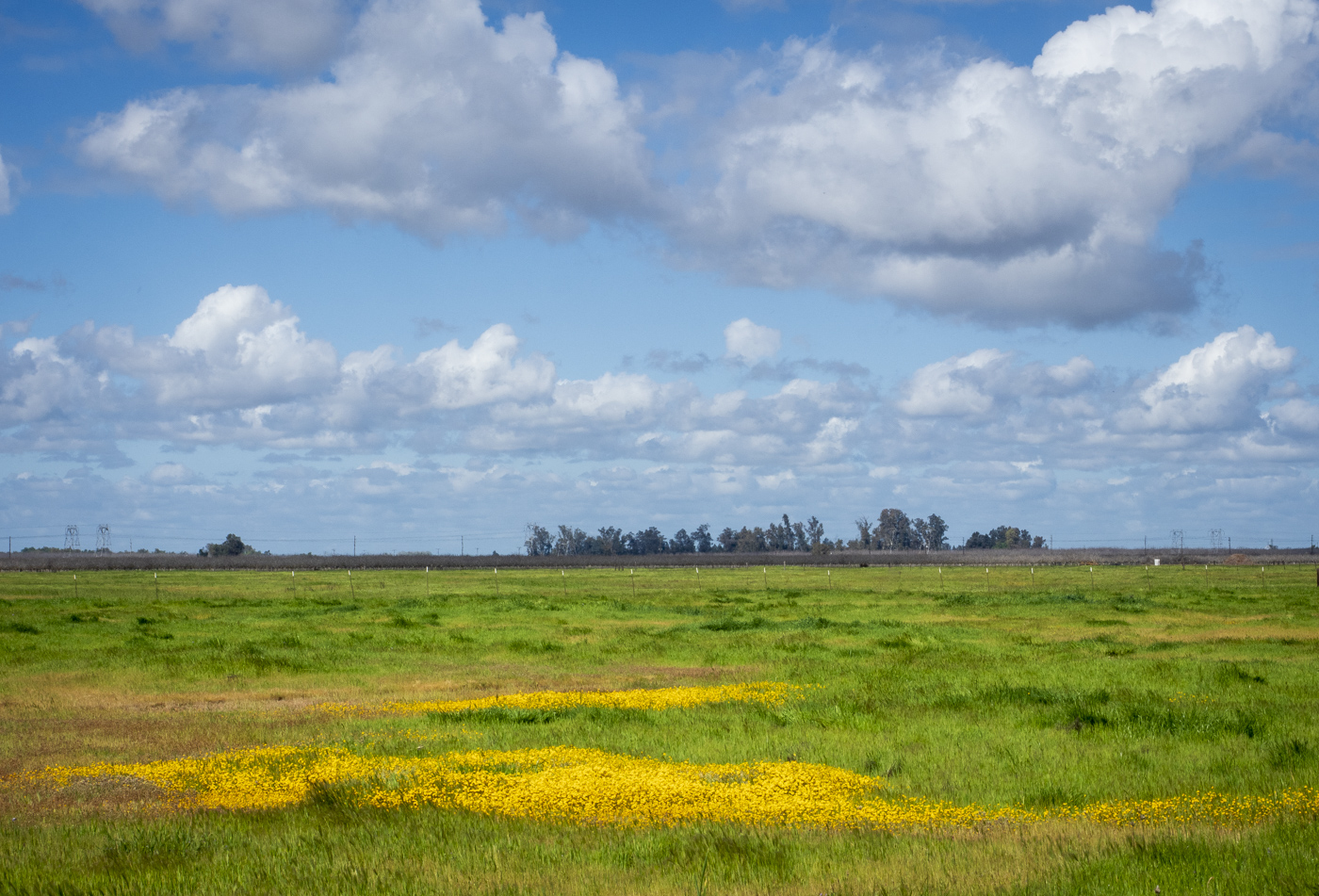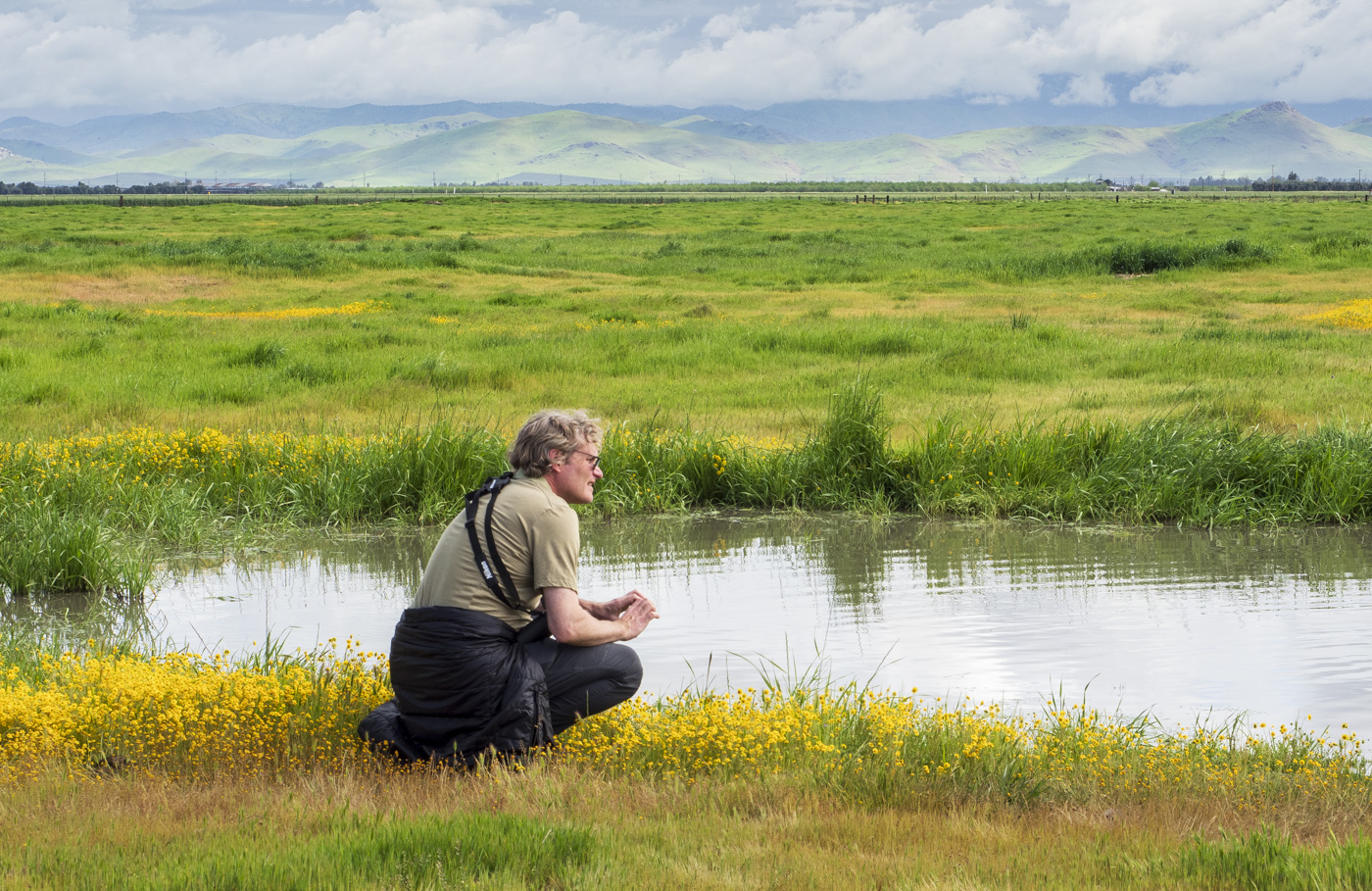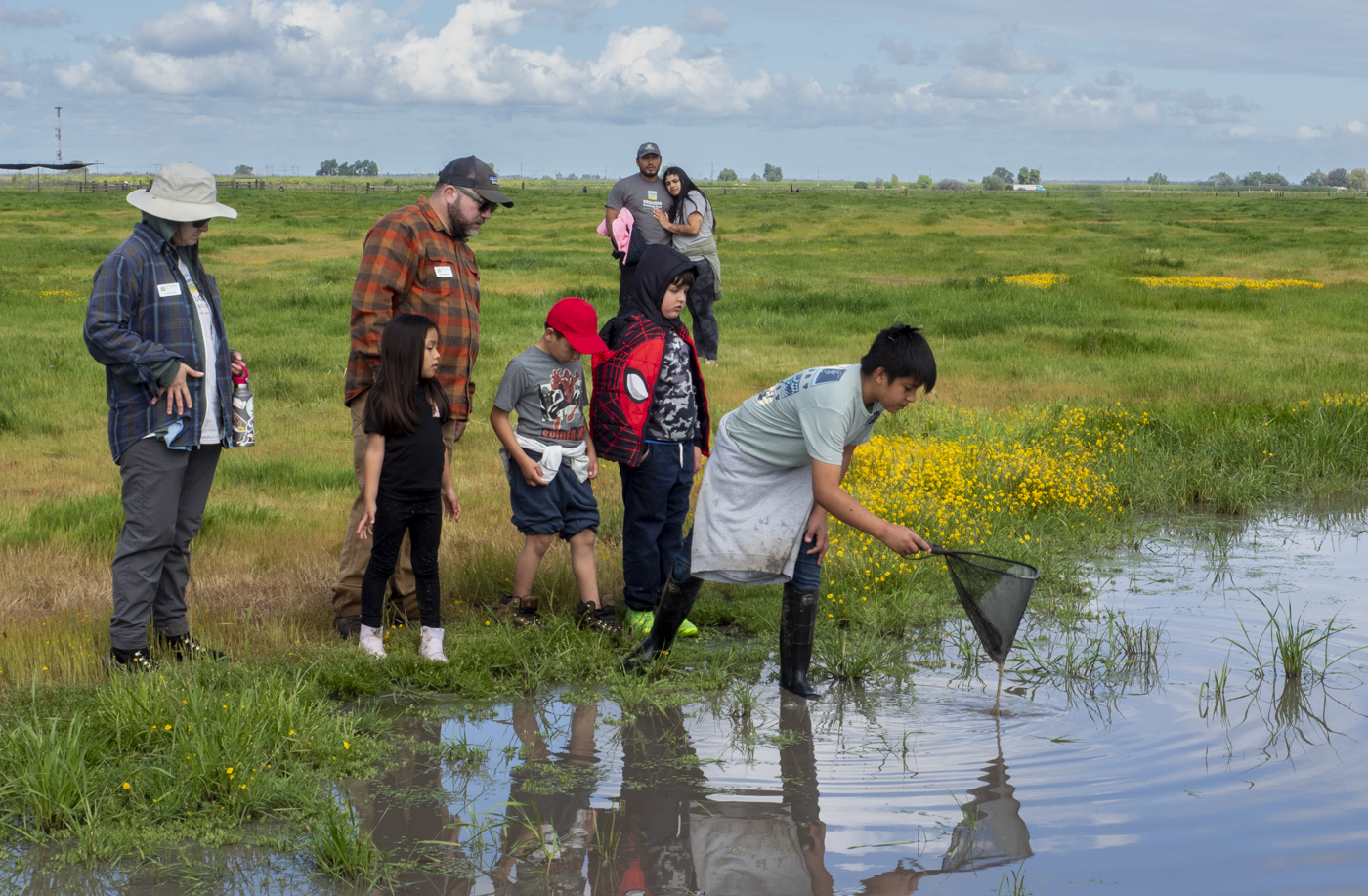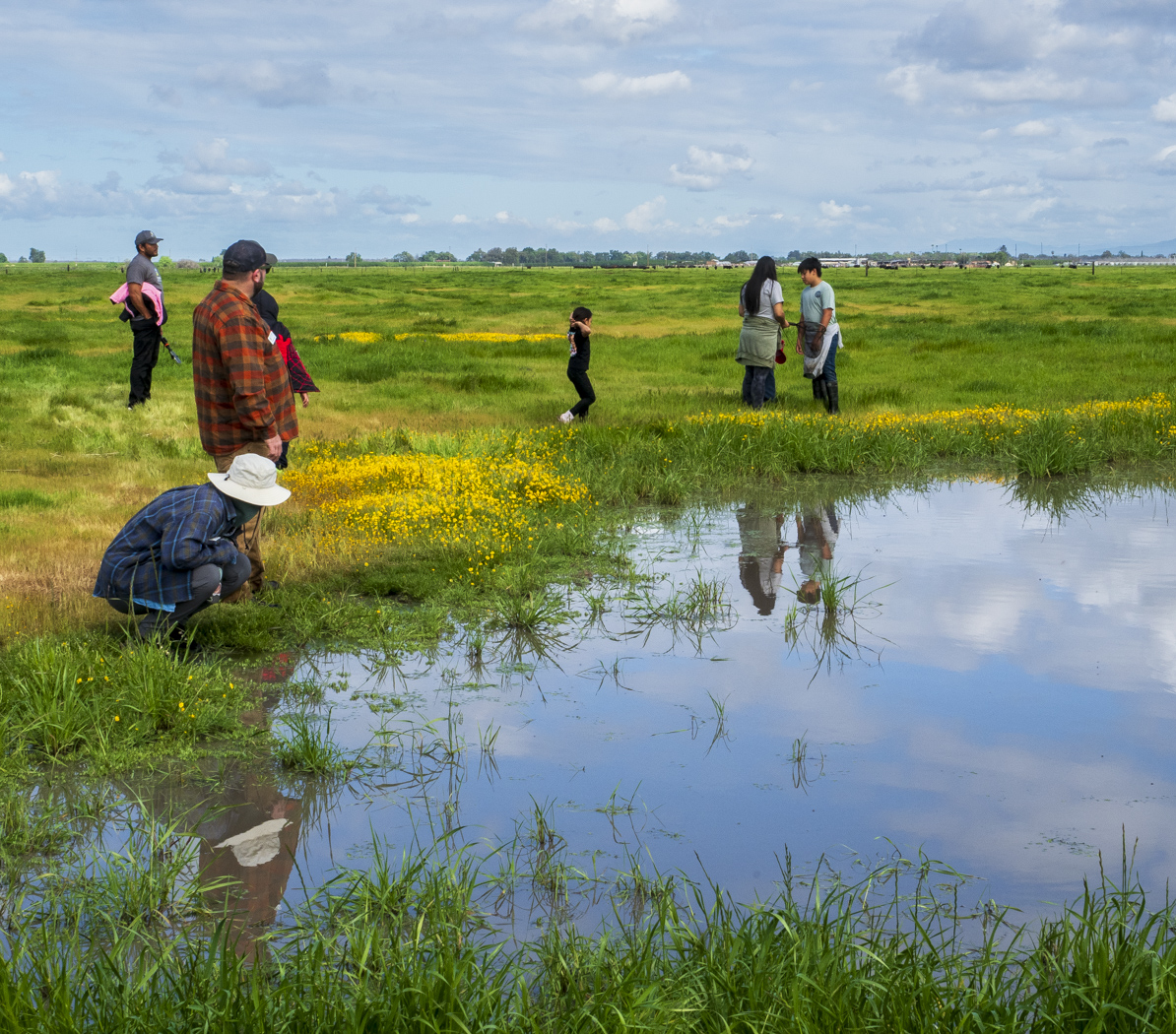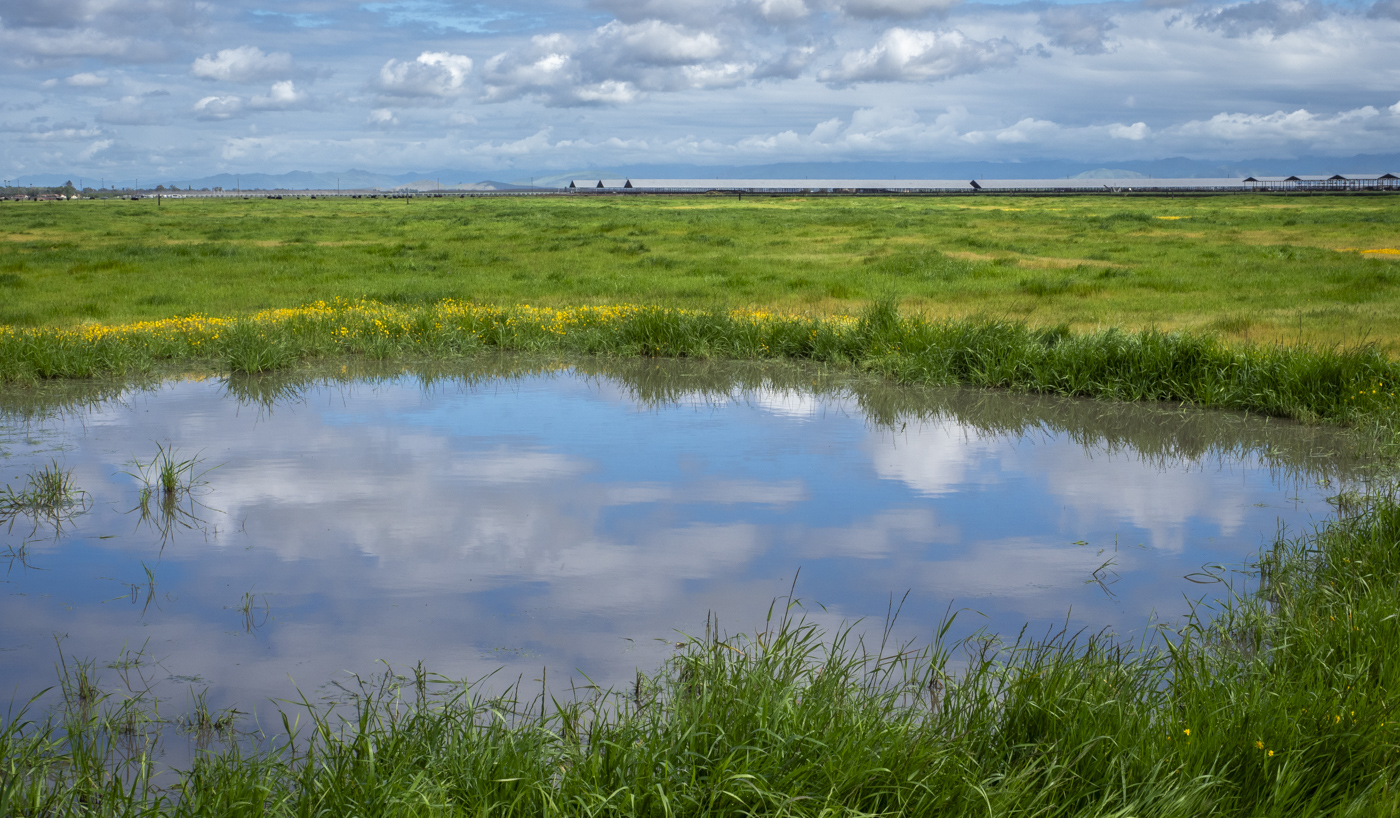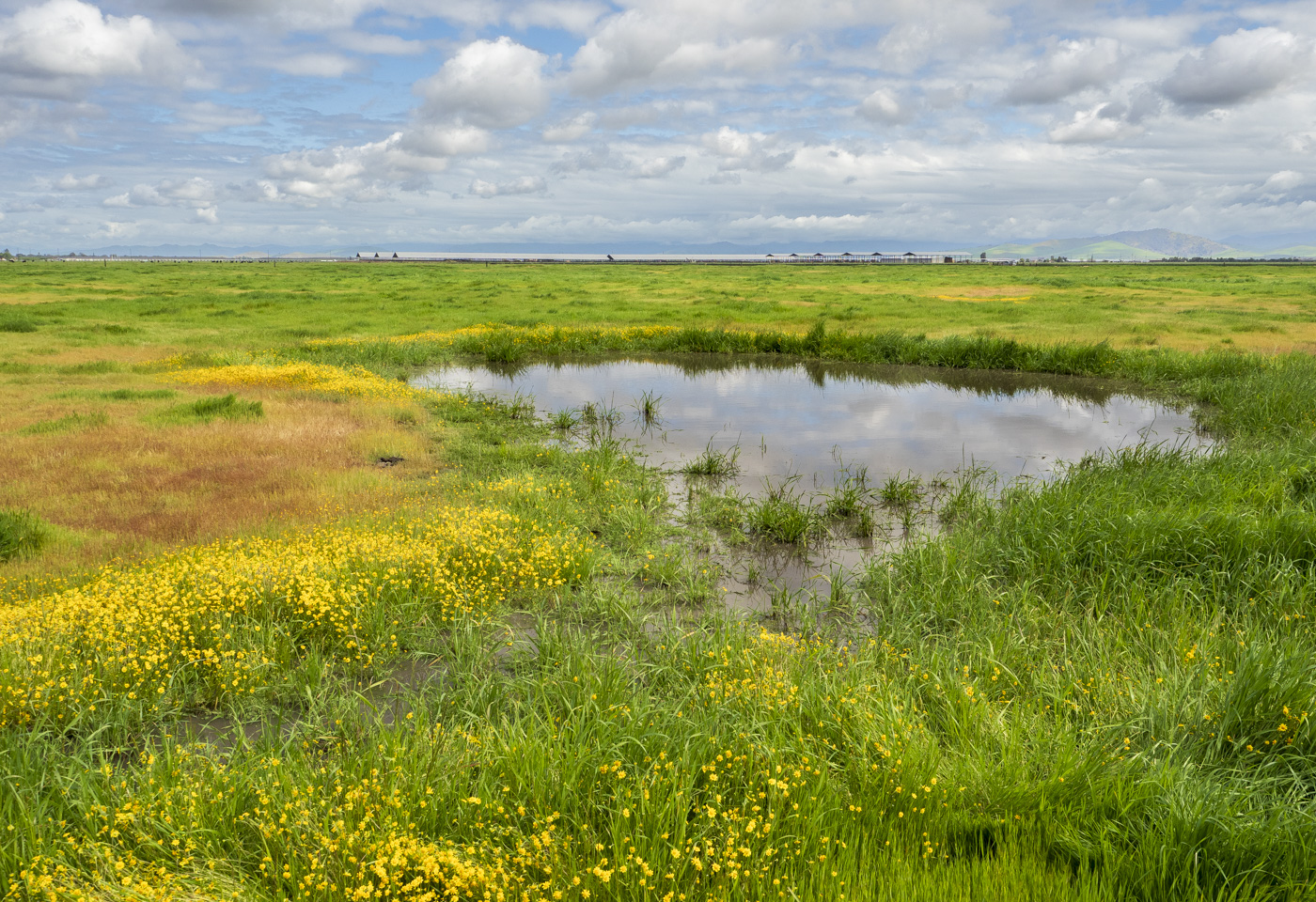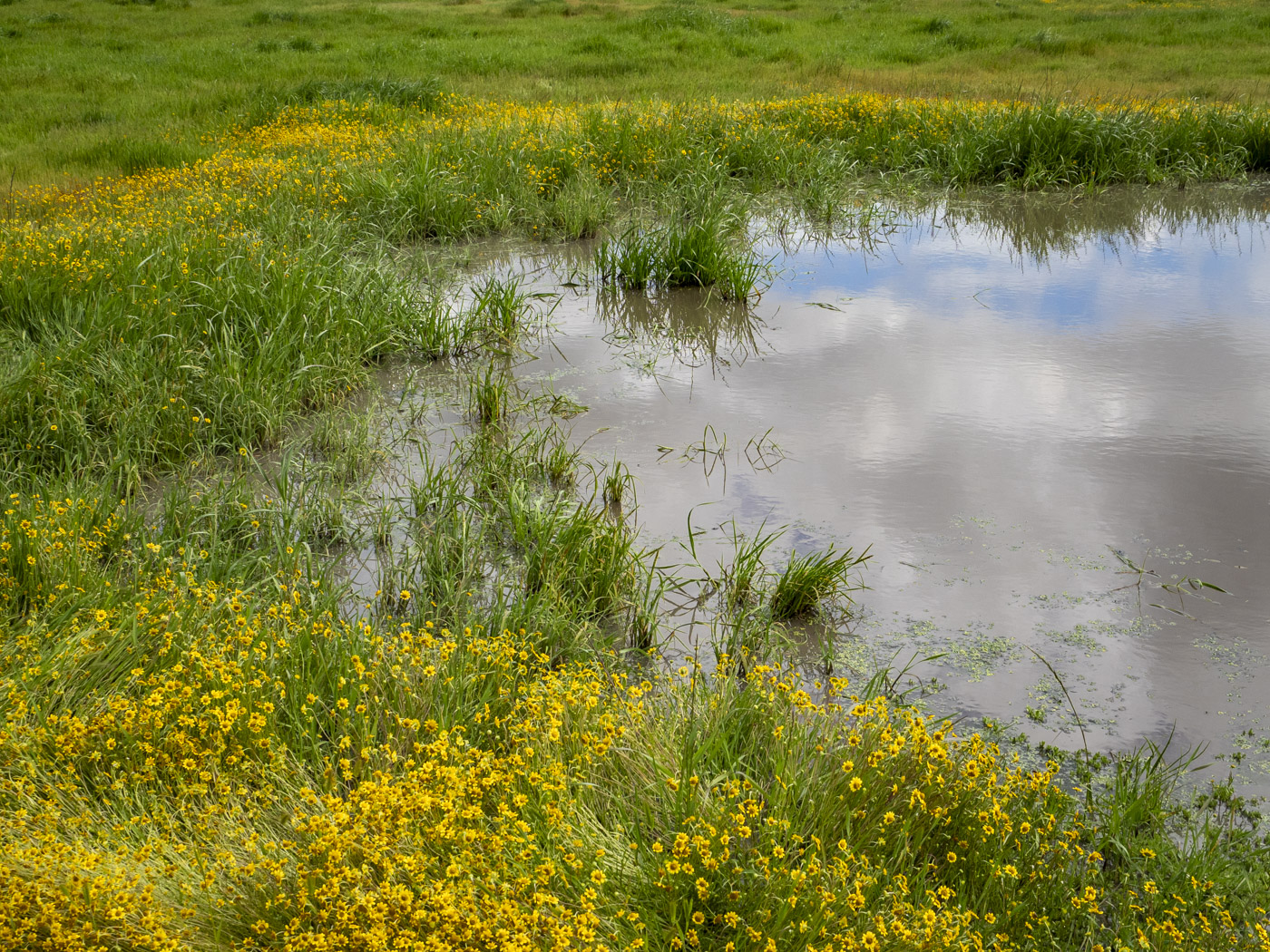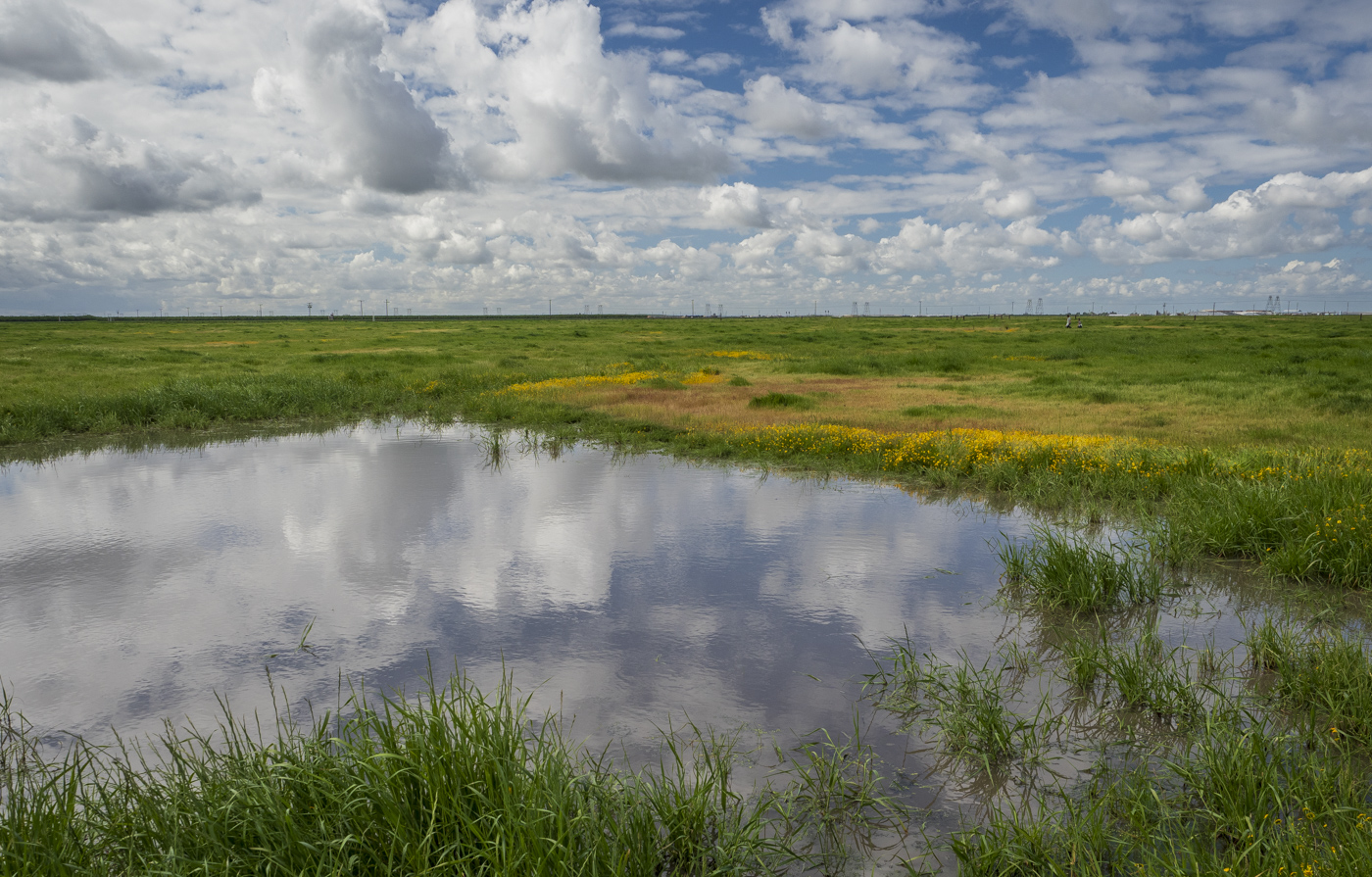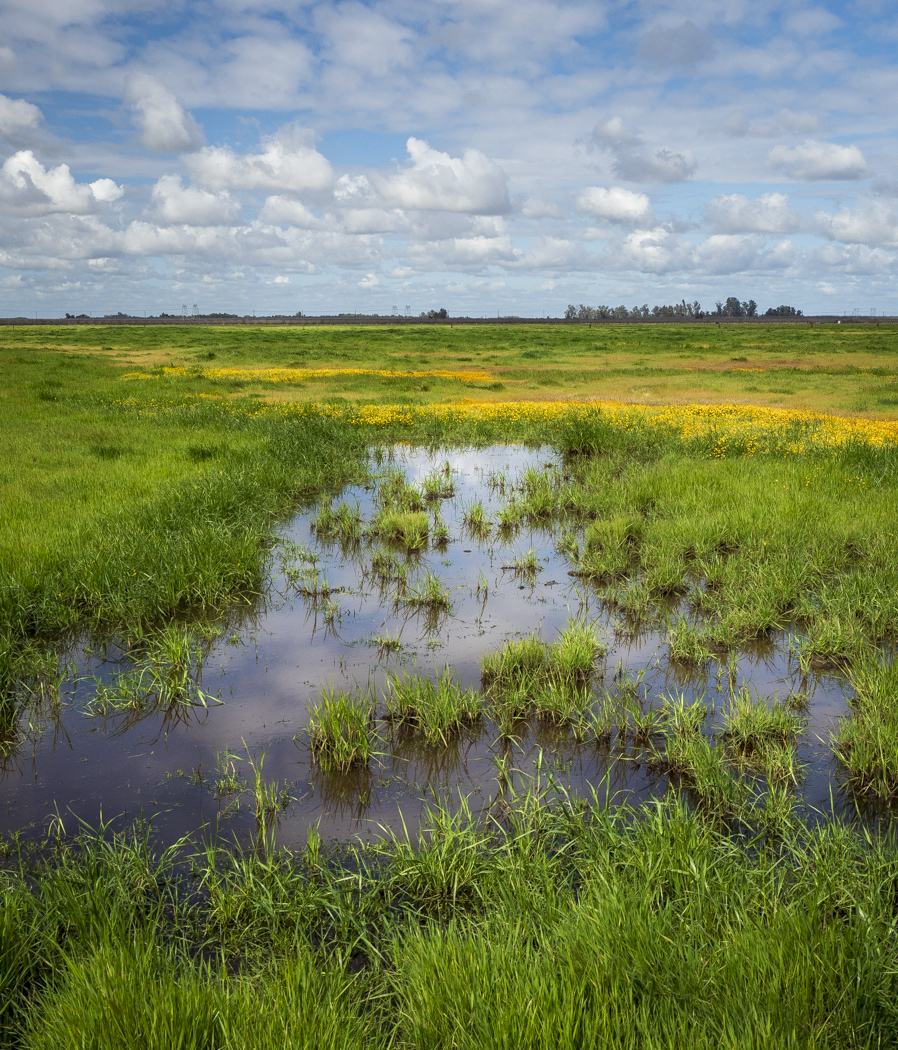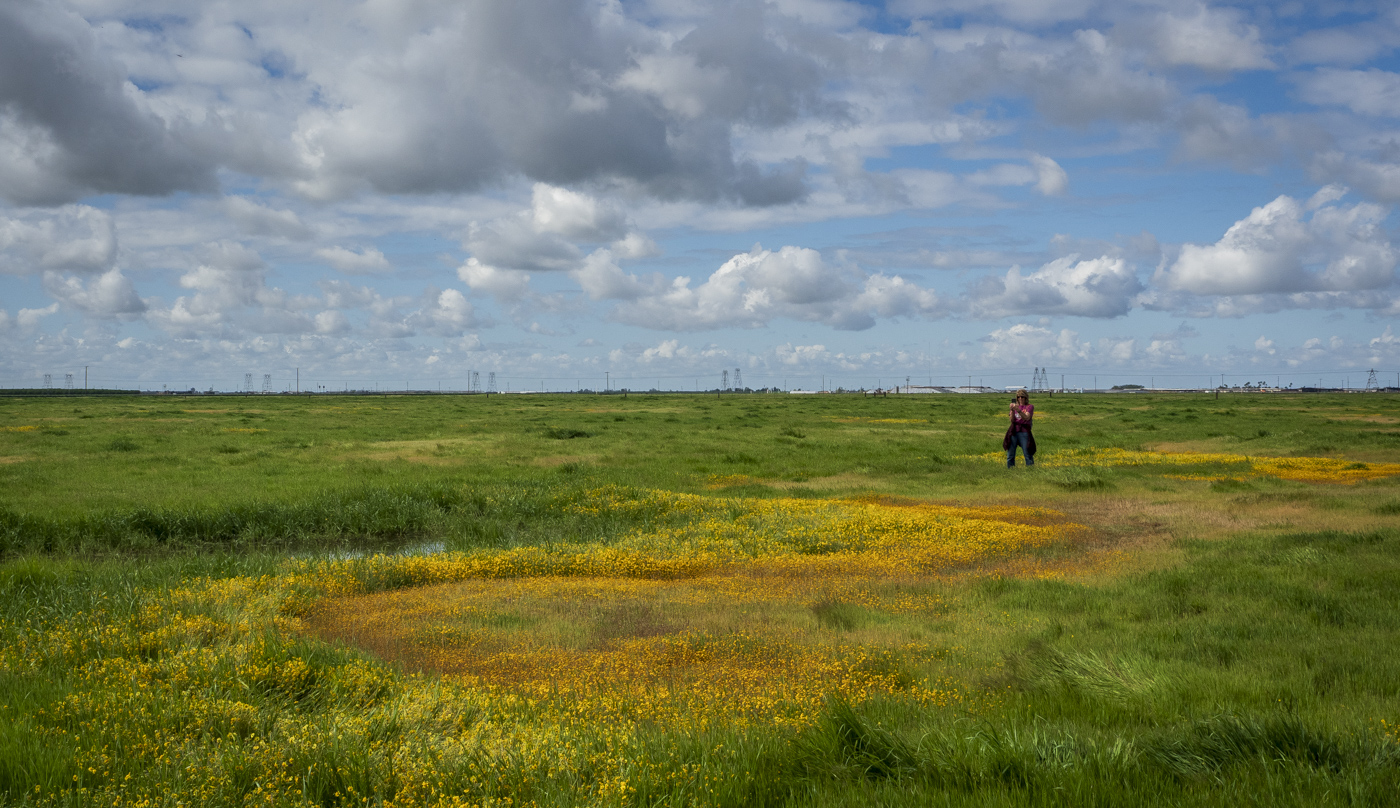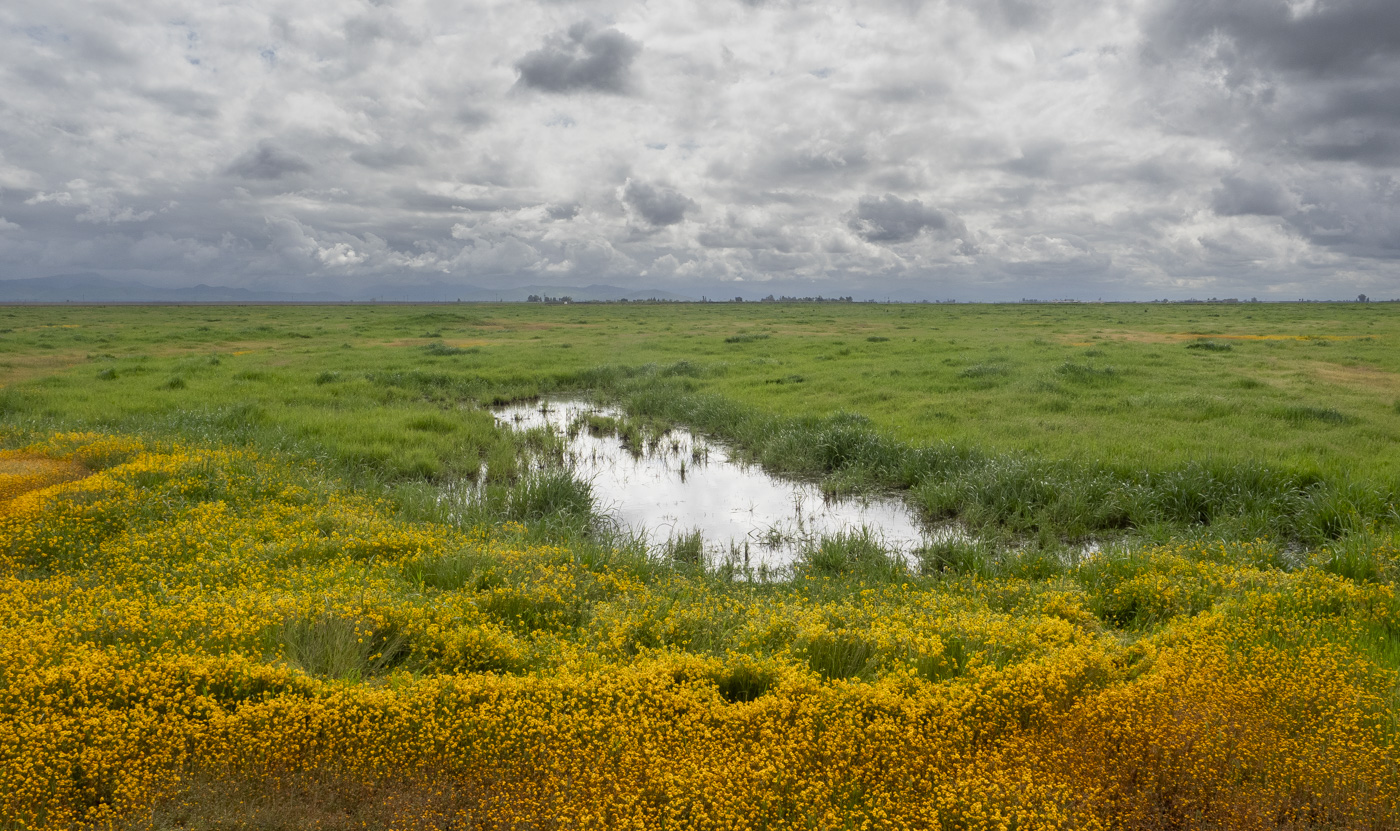
James K. Herbert Prairie Wetland Preserve
Getting There
What Makes James K. Herbert Prairie Wetland Preserve So Special?
Herbert Preserve is not open to the public except for special tours and events one or two days a year for Sequoia Riverlands Trust Conservation guests. Please do not visit the preserve without express permission from Sequoia Riverlands Trust.
Not open to the public | Special Events Only
This 725-acre preserve southeast of Visalia protects one of the largest remaining wetland prairie habitats in the San Joaquin Valley.
Sequoia Riverlands Trust purchased this property in 2000, located at the junction of Road 168 and Highway 137 between the towns of Tulare and Lindsay, from James K. Herbert and Carol Sellers Herbert.
The James K. Herbert Wetland Prairie Preserve is a small piece of a once extensive wetland prairie. It provides a refuge for burrowing owls, toads that estivate (similar to hibernation) in the soil, whimbrel flocks migrating between Argentina and Alaska, and flowers in bright displays of magenta, yellow, gold, violet, white, and pink.
The Herbert Success Story
They wanted to provide a special place for San Joaquin Valley residents to enjoy while conserving 725 acres of wetland prairie. The Herbert’s contacted Sequoia Riverlands Trust about protecting the property, now called the James K. Herbert Wetland Prairie Preserve, and shared their vision of restoring a seasonal freshwater marsh and valley oak riparian corridor dominated by native species.
With this vision, Sequoia Riverlands Trust (SRT) created a seasonal wetland on an 83-acre portion of the preserve, called ‘Area C,’ to serve as a demonstration of cost-effective, wildlife-friendly floodplain management. Beginning in fall 2002, SRT constructed a network of stream channels, ponds and upland areas similar to what this region may have looked like 150 years ago. Called ‘Sellers Slough’ in honor of Carol Sellers Herbert, the new stream channel and three ponds immediately attracted increased numbers and a greater diversity of water birds, many of which had never been seen on the property before.
Native grasses, sedges, shrubs and trees now dominate much of ‘Area C’. Some native plants, like saltgrass, clover and dwarf popcornflower, grew from the seed bank within the soil. SRT planted others, like alkali sacaton (a perennial bunchgrass) and creeping wildrye to augment native vegetation communities, providing wildlife cover and erosion control in the stream channel. This restored area now offers even more habitat for wetland bird species like red-winged blackbird and black-necked stilt, which began nesting at the preserve once work began.
Today, Sequoia Riverlands Trust manages the preserve with a rigorous scientific research program using livestock grazing and prescribed fire to improve native plant forage for cattle and wildlife. It is an area where agriculture and wildlife coexist. For over a century, grazing livestock shared this prairie with golden eagles, coyotes and a rich array of native plant species. In Tulare County, one of the top agricultural regions in the nation, this site provides valuable pasture for beef cattle in a rotational grazing schedule. In turn, livestock minimize weeds and help maintain native species diversity in vernal pools.
In addition to grazing, most of the preserve’s native plant species depend on a natural disturbance, such as fire, to bring about reproduction, growth or flowering. After more than a century without this disturbance, Sequoia Riverlands Trust reintroduced fire at the preserve to help control aggressive non-native plant species, such as Bermuda grass, Johnsongrass, yellow star thistle and milk thistle.
Vernal Pools
Vernal pools, shallow depressions where small ponds form during the rainy season, appear usually above an impermeable soil layer, like hardpan or heavy clay. In spring, wildflowers bloom in brilliant circles forming a floral kaleidoscope around the pools. By summer, water evaporates leaving the earth dry and cracked. Only plants and animals specially adapted to a harsh wet/dry cycle can survive in this unique environment.
The seeds, eggs or cysts of the next generation of animals and plants survive in the sun-baked mud until the next wet season. Many plant species then begin to grow underwater to get a head start on their reproductive cycle. Frogs, toads, crustaceans and aquatic insects race against the clock to complete their short life cycles in these oases for water-dependent wildlife.
Vernal Pools are considered an important resource in California and worldwide and offer a reservoir of genetic material that could provide natural pharmaceutical products; supply protein-rich invertebrates where water birds feed; collect water, moderate seasonal flooding and maintain water quality by removing contaminants.
Our Preserves
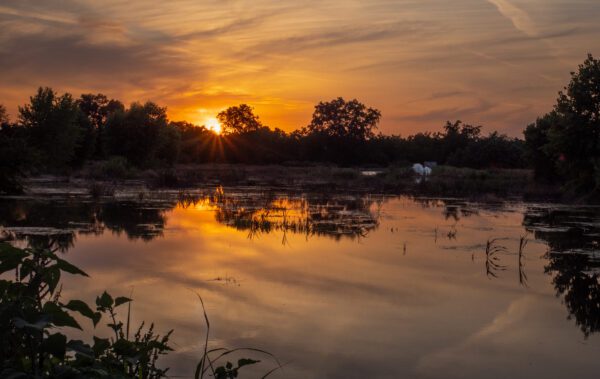
Kaweah Oaks
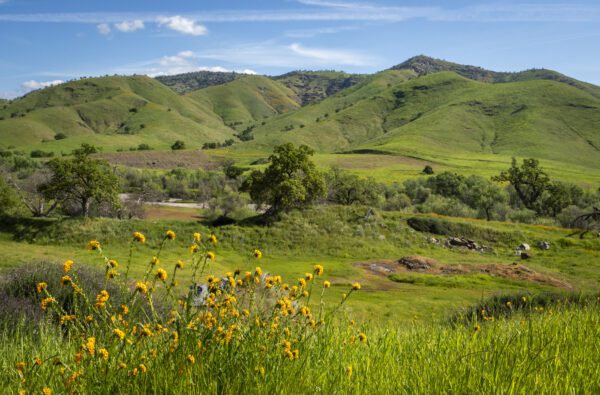
Dry Creek
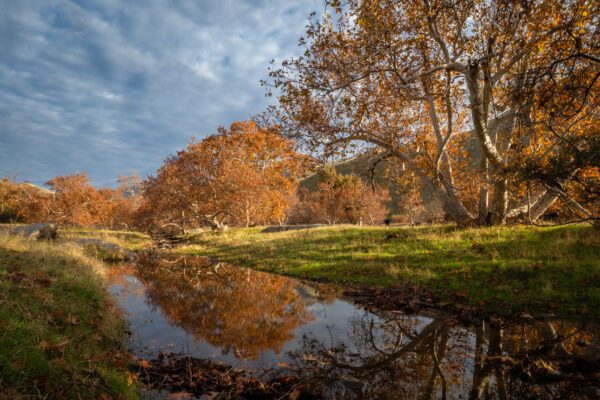
Homer Ranch
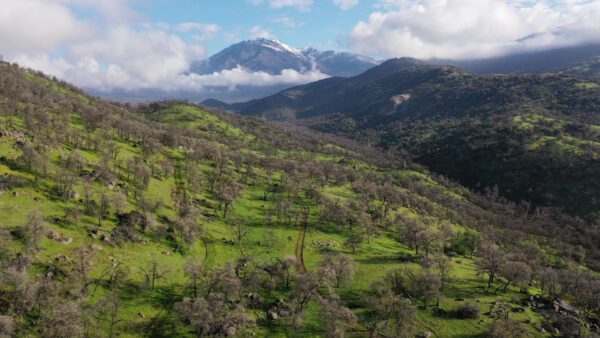
Blue Oak
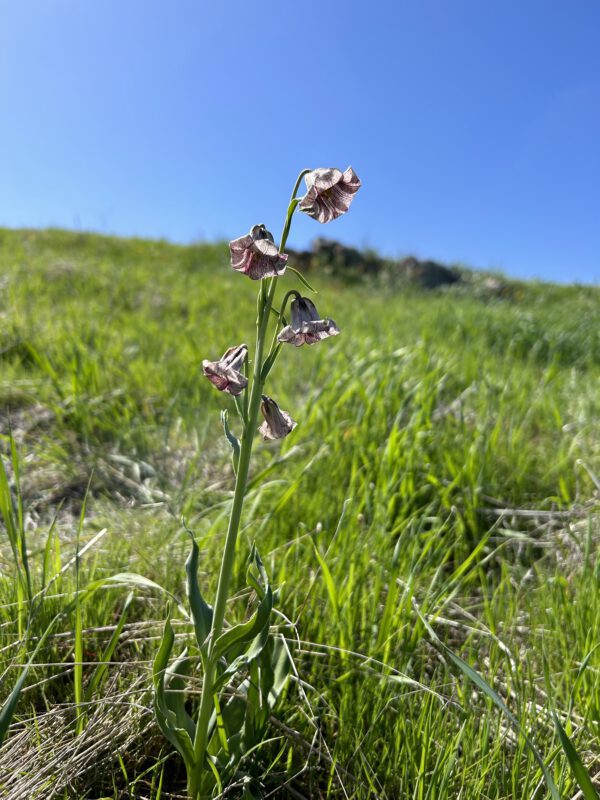
Lewis Hill
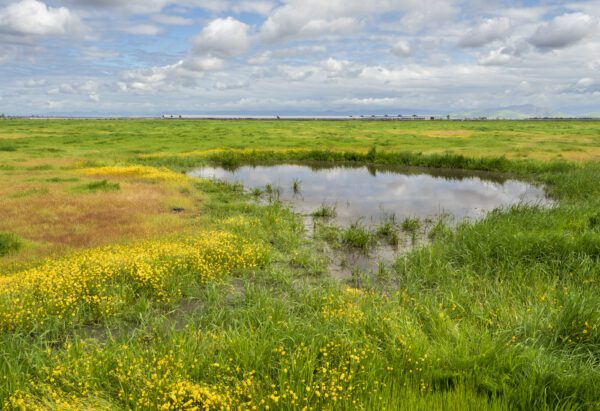
Herbert
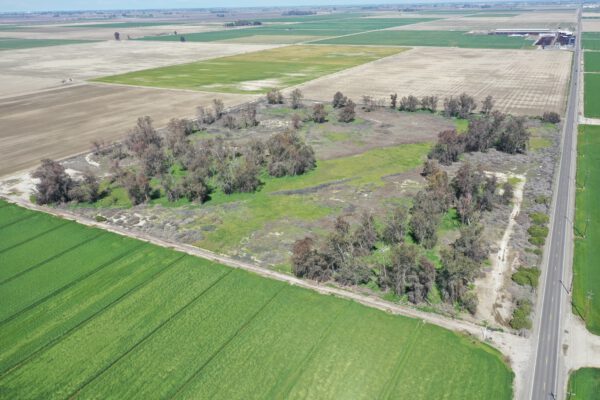
Clark
